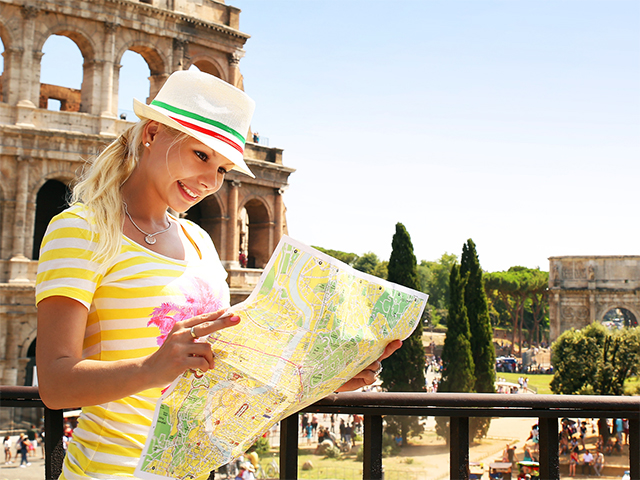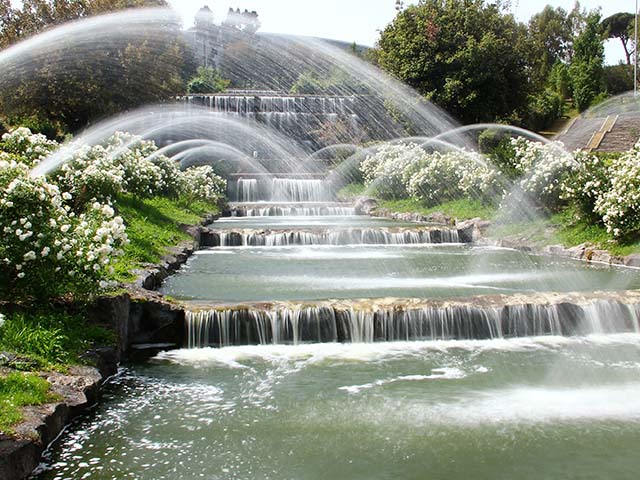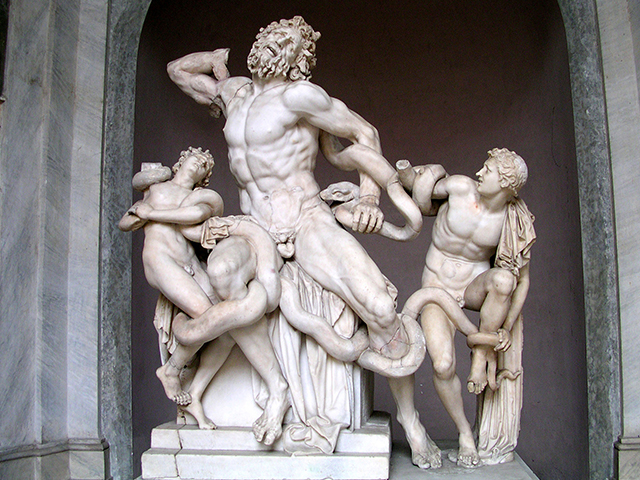Vist and discover Castel Sant'Angelo in Rome
Opening hours, ticket prices and useful information to visit Castel Sant'Angelo in Rome.An impressive monument, striking, full of charm and history ...What is it? It’s Castel Sant’Angelo, of course: one of the most beloved and visited monuments in Rome.
Not far from St. Peter's Square, at the right bank of the Tiber river, just at the end of the bridge with the same name, stands the majestic fortress whose history is deeply linked to the eternal city.
GUIDED TOUR SKIP THE LINE IN CASTEL SANT'ANGELO
ARE WE TALKING ABOUT HISTORY?
Castel Sant’Angelo has not always looked as it does today. Over the years, it has undergone multiple changes, serving different functions.
Wanted by the emperor Hadrian as his own funeral mausoleum, the castle was initially designed by architect Demetrian around 125 B.C. and then completed by Antoninus Pius in 139 B.C. Originally it consisted of a huge cylinder covered with tuff and marble, at the center of which was a smaller cylinder completely covered with travertine. Above, there was a mound of earth surrounded by many sculptures and, at the top, a bronze quadriga with the emperor Hadrian depicted in the role of Sun God.

The magnificient bridge with the statues of the angels that lead to Castel Sant'Angelo
In 271 B.C. the emperor Aureliano transformed the building into a castle and built walls, from which St. Peter's door was opened, allowing the connection with the apostle's tomb. In the 11th century the tower was added. When in 1277 the fortress passed under the ownership of the Vatican, it became an impregnable garrison of the Catholic Church. Later, the Papal Apartments were built.
In 1277 Pope Nicholas III ordered the construction of an elevated passage known as "passetto di Borgo" or "il corridore" (the “runner”) for the Romans. It is an 800-meter long corridor that links the Vatican Walls with Castel Sant'Angelo, which has served as a quick and safe escape route in several dramatic events. Pope Alexander VI Borgia used it to visit the castle's prison, while Pope Clement VII (Giulio de' Medici) used it in 1527 to escape during the sack of Rome by the lansquenets of Charles V.
In 2000, on the occasion of the Great Jubilee, the "passetto" was renovated and today you can visit it by appointment.

A beautiful photo of "passetto di Borgo" at night - CC BY-SA 3.0
CASTEL SANT'ANGELO'S MUSEUM
The fortress has hosted the National Museum of Castel Sant' Angelo since 1925. Here you can find collections of art and history as well as relics of the Italian Army.
The museum reflects the different and changing uses of the building and can be considered, at the same time, a monument, an archaeological site and a museum. The exhibition boasts a large collection of sculptures, paintings, marble finds, weapons, furniture and various objects.
In order to organize the visit at your best, please read the information box at the bottom of this page.
CURIOSITY
There are many stories and legends about Castel Sant'Angelo. First of all, we want to mention the legend about its name.
At the end of the sixth century A.D., a terrible plague fell upon Rome. In an atmosphere of chaos and famine, Pope Gregory I led a procession through the city, praying for God to intervene. Legend holds that the Archangel Michael appeared, sheathing his sword. It was the 29th of August 590 A.D. and from that moment the plague ended. That’s why the fortress was named “Castel Sant’Angelo”.
The statue on the top commemorates this story. It has changed over the centuries: the current bronze version, which replaced an older one, was made by the sculptor Pierre van Verschaffelt in 1700s and was restored between 1983 and 1986.
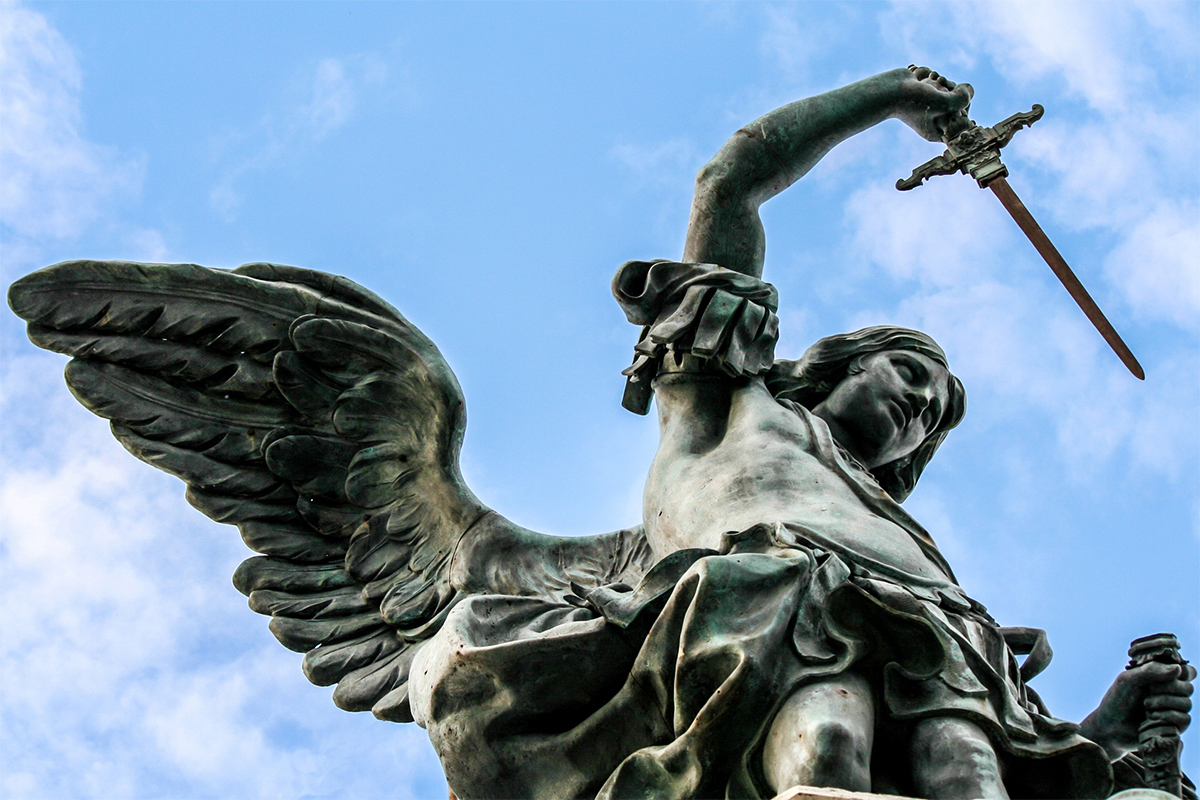
The statue of Archangel Michael, in the act of sheathing his sword
The stories about the castle don’t end here! Another one is about Beatrice Cenci, a girl sentenced to death by Pope Clement VIII for killing her father (who had tortured and beaten her up for years). Beatrice was beheaded on Ponte Sant'Angelo square. Since then, her soul wanders unable to find peace: it is said that her ghost, with head tucked under the arm, continues to visit the site of her execution on its anniversary every year.
Castel Sant'Angelo was also a prison where the Papal States' dissidents were confined. Many “famous” people you certainly know were imprisoned there: the humanists Platina and Julius Pomponius Laetus; the philosopher Giordano Bruno, considered eretic by the Church and sentenced to death for his revolutionary theories; some Italian patriots during the Italian unification; the goldsmith and sculputor Benvenuto Cellini (but it seems that he managed to escape, climbing down the external latrine with a rope).
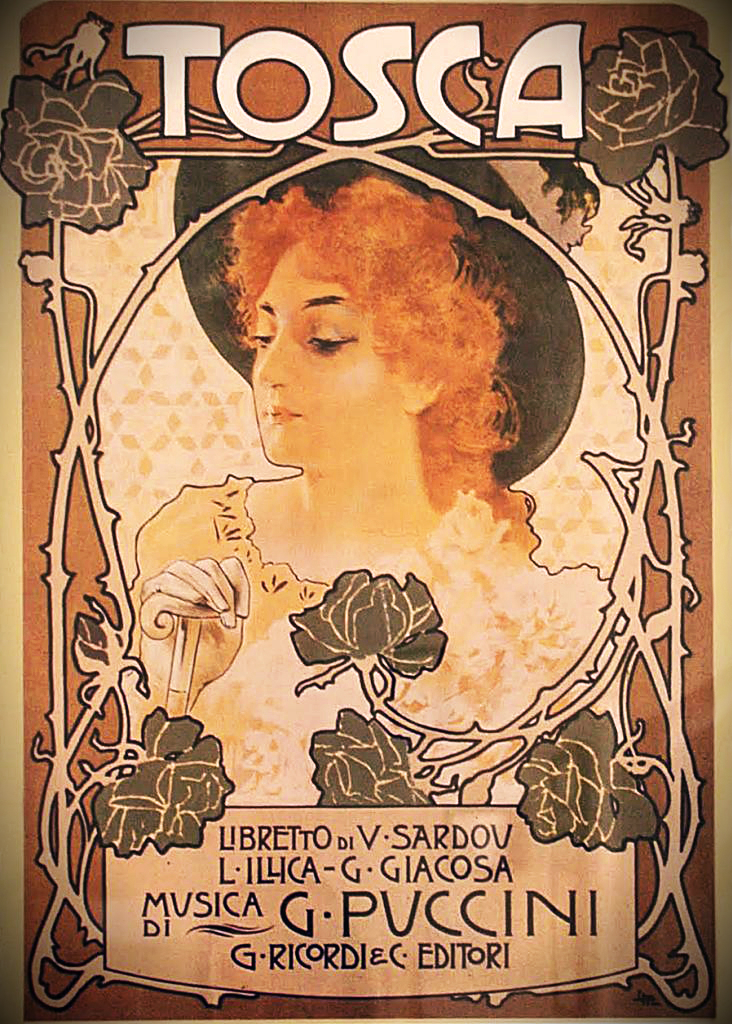
Puccini's Tosca is set at Castel Sant'Angelo
We stop here, but we are sure that Castel Sant'Angelo has already seduced you with its magical atmosphere. An absolute symbol of Rome, a place where history overlaps legend, a not-to-be-missed stop in your visit to the eternal city.
Tell us about your experience and, as usual, write your comments in the box below. Any suggestions are welcome!
CASTEL SANT'ANGELO TERRACE EXPRESS TOUR
Useful information
Castel Sant'Angelo - National Museum
- HOW TO GET THERE
- From Civitavecchia Port: Reach Civitavecchia Train Station and get on the first regional train bound to Rome. After about 45 minutes get off directly at Roma San Pietro Train Station.
From there you can walk towards the square (10 minutes) or take bus 64 from Piazza della Stazione di San Pietro and get off after 5 stops at Acciaioli. Cross Via Paola and you will be at Piazza di Ponte Sant'Angelo.
- From Rome: Metro Line A: stop Lepanto or Ottaviano (St. Peter's) | Bus: lines 62, 23, 271, 982, 280 (stop Piazza Pia); line 40 (last stop Piazza Pia); linea 34 (stop via di Porta Castello); lines 49, 87, 926, 990 (last stop Piazza Cavour-stop via Crescenzio); lines 64, 46 (stop Santo Spirito).
Metropolitana Linea A: fermata Lepanto; fermata Ottaviano-San Pietro
Autobus: linee 62, 23, 271, 982, 280 (fermata Piazza Pia)
linea 40 (capolinea Piazza Pia)
linea 34 (fermata via di Porta Castello)
linee 49, 87, 926, 990 (capolinea Piazza Cavour-fermata via Crescenzio)
linee 64, 46 (fermata Santo Spirito) - See more at: http://castelsantangelo.beniculturali.it/#sthash.T8ydkmGs.dpufMartedì/domenica 9.00 - 19.30
Chiuso lunedì; 25/12; 1/01.
La biglietteria chiude alle 18.30 - See more at: http://castelsantangelo.beniculturali.it/#sthash.HZ0tFR2p.dpuf- TIMETABLES
Tuesday- Sunday: 9.00-19.30
Monday: Closed. The museum will be closed on the 25th of December and on the 1st of January.*The ticket office closes at 18.30*For further information check the official site.Martedì/domenica 9.00 - 19.30
Chiuso lunedì; 25/12; 1/01.
La biglietteria chiude alle 18.30 - See more at: http://castelsantangelo.beniculturali.it/#sthash.HZ0tFR2p.dpufMartedì/domenica 9.00 - 19.30
Chiuso lunedì; 25/12; 1/01.
La biglietteria chiude alle 18.30 - See more at: http://castelsantangelo.beniculturali.it/#sthash.HZ0tFR2p.dpuf- PRICES
- General: €7.00Reduced: €3.50* UE citizens between 18 and 25 years old*First Sunday of the month the admission is free*Free admission under 18 years old and students*Free admission also for other categories. For further information check the official site.Da luglio 2014 l'ingresso è gratuito la prima domenica di ogni mese. - See more at: http://castelsantangelo.beniculturali.it/#sthash.6g3CzAja.dpu



 PORT MOBILITY CIVITAVECCHIA
PORT MOBILITY CIVITAVECCHIA










